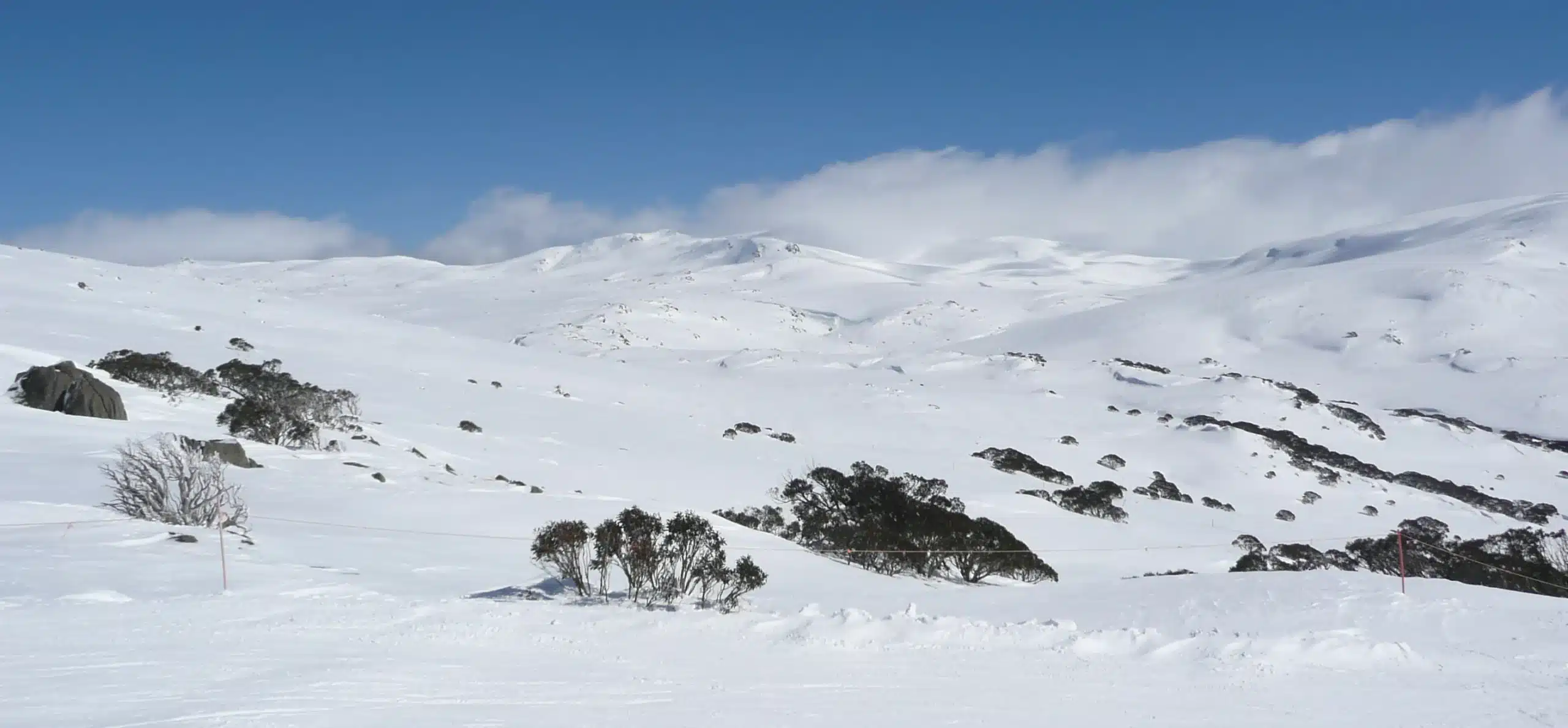Discover the Top Places to Experience Snow In Australia for a Breathtaking Winter Getaway
Discover the Top Places to Experience Snow In Australia for a Breathtaking Winter Getaway
Blog Article
Recognizing the Significance of Snow in Australia for Agriculture and Tourist
While Australia is usually related to sun-kissed coastlines and arid wilderness, it likewise boasts a riches of snowy towering areas. The snow that blankets these regions is far more than a stunning landscape feature. It works as a lifeblood for the country's agriculture and a driving force for a financially rewarding tourist market. As we examine this unexpected junction, the potential effect of moving environment patterns on Australia's snowfall and its succeeding effects end up being a compelling focus.

The Unexpected Snowfall: Australia's Alpine Regions
When wintertime cloaks the world, Australia's Towering areas don a white mantle of snow, a spectacle that appears almost paradoxical in this dominantly sun-baked land. In contrast to the stereotypical picture of Australia as a land of beaches and deserts, these areas provide a gorgeous and shocking contrast. The Australian Alps, stretching throughout New South Wales, Victoria, and the Australian Resources Territory, get even more snowfall than Switzerland. This unexpected winter months wonderland supplies a distinct environment, offering an environment for a number of native species and a snowy play area for winter season sports fanatics. The yearly snowfall, although not as abundant as in some nations, is an important facet of Australia's climate diversity and plays a substantial duty in the nation's farming techniques and tourist sector.
Winter months's Bounty: Snow's Contribution to Australia's Water Resources
Despite its rarity in the wider landscape of Australia, snow in the Alpine areas plays a critical role in the country's water resources. Functioning as a natural storage tank, the snowpack shops water throughout the cool months, slowly launching it right into rivers and dams as it thaws in warmer periods. This process makes sure a constant supply of water, assisting in the stablizing of the country's water cycle. This is especially essential for Australia, a continent often afflicted by droughts. The snowmelt feeds into the Murray-Darling Container, a lifeline for several neighborhoods in the southeastern components of the country. Without the bounty of go to my blog winter months snow, Australia's water sources would be considerably stressed, impacting both the atmosphere and the population.
White Blanket, Environment-friendly Fields: The Effect of Snow on Australian Farming
Although much less noticeable, the impact of snow on Australian farming is substantial. Snowfall in the high country serves as a natural type of irrigation, slowly melting and offering a consistent water supply to lower-lying farmland. This water-rich atmosphere fosters the development of robust crops, adding to the country's farming efficiency. In Related Site addition, snowfall boosts soil health by presenting wetness and trapping nutrients, which are gradually released as the snow melts. This process enhances the dirt, promoting the growth of healthier, more resilient plants. Additionally, snow cover functions as a safety covering, protecting the ground against serious winter months temperatures that might or else damage plants. Thus, the role of snow in Australian agriculture is both essential and multifaceted.
Money: Snow Tourist and Its Economic Relevance in Australia
While the worth of snow to Australian farming is typically underestimated, its contribution to the country's tourist market is go now undoubtedly substantial. The snow-laden heights of Australia's alpine areas draw in a flurry of travelers every winter months, contributing millions to the nationwide economic climate. Hence, the financial importance of snow tourism in Australia prolongs much past the slopes.
Future Forecast: Climate Adjustment and Its Possible Effects on Australia's Snowfall
As the globe faces the reality of climate adjustment, so also must Australia consider its potential results on the nation's snowfall. Existing clinical versions forecast a reduction in Australian snowfall, with possibly serious influence on both agriculture and tourist. In some areas, the snow season might be reduced by up to 80 days by 2050. Such adjustments intimidate the stability of Australia's ski market, which contributes dramatically to the neighborhood economy. Much less snowfall can additionally impact the country's agricultural industry, as snowmelt plays an important duty in watering plants. The prospective impacts of these adjustments highlight the seriousness of environment modification mitigation initiatives, both in Australia and internationally.
Conclusion
In verdict, snow is an essential aspect of Australia's agricultural and tourism industries. The looming threat of climate adjustment increases problems concerning the future of Australia's snowfall patterns, possibly interrupting these considerable financial sectors.

When winter cloaks the world, Australia's Alpine regions put on a white mantle of snow, a spectacle that appears practically paradoxical in this dominantly sun-baked land.Regardless of its rarity in the more comprehensive landscape of Australia, snow in the Towering areas plays a critical role in the nation's water resources. Without the bounty of winter season snow, Australia's water sources would be substantially strained, influencing both the populace and the atmosphere.
Therefore, the financial significance of snow tourist in Australia prolongs far beyond the slopes.
In verdict, snow is an essential element of Australia's agricultural and tourist sectors. Does Australia Get Snow.
Report this page